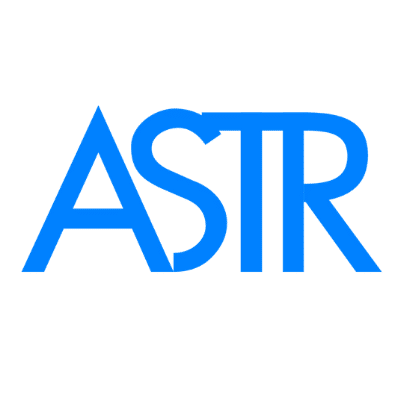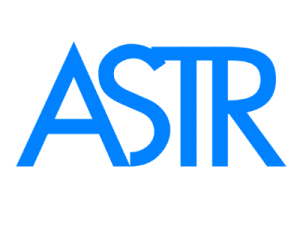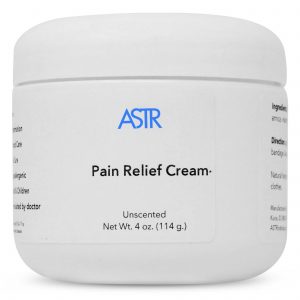Scar Tissue: Causes, Healing Cycle & Treatment
Scar Tissue: Causes, Healing Cycle & Treatment
What are scar tissues?
Fibrous tissue that forms when normal tissue is destroyed by disease, injury, or surgery. For example, scar tissue forms when a wound heals after a cut, sore, burn, or other skin condition, or when an incision (cut) is made into the skin during surgery. Scar tissues can be internal as damage in tendons and ligaments and can be external due to cuts and burn [1].
Normal Healing cycle
Normal healing cycle consists mainly of three stages. 1) The First stage is the inflammation stage. In this stage, there is redness, inflammation, swelling, loss of function, and increased temperature. This stage plays an important role as swelling protect the nearby tissues from damage and increased temperature causes the disposal of pathogens and alert white blood cells to start the healing cycle. 2) The second one is the proliferation stage that’s when the proliferation stage starts to build the scar tissue on the wound to heal it and protect it from infections. This stage is followed by fascia restrictions and muscle spasms. This stage is very important as the healing cycle cannot continue without the formation of scar tissues. 3) And the last stage is the maturation stage. In this stage, the affected area starts to get rid of scar tissues and everything starts to clear up by the formation of new skin cells [2].
Causes of Scar Tissue
To understand the formation of scar tissues a person should know these.
Extracellular matrix: The extracellular matrix (ECM) is an intricate network composed of an array of multidomain macromolecules organized in a tissue-specific manner. They provide support to surrounding cells and also separate the cells. The extracellular matrix provides the communication medium for cells.
Fibroblast: Fibroblast is cells that synthesize the extracellular matrix (ECM). Fibroblast repairs tissues and also helps in tissue reproduction and remodeling. The main function of fibroblast is to make healthy tissues stay connected [3].
Myofibroblast: Myofibroblast causes contractions in the tissues of the wounded area. Due to contractions, a person will feel increased pain and decreased mobility.
Which patients have scar tissues?
Patients who have tendonitis will have scar tissues in the stages of healing, which is the inflammation in the tendons.
Patients who have shoulder bursitis will have scar tissues, which is swelling and redness between the top of the arm bone and the tip of the shoulder.
Patients having arthritis, will have scar tissues, which is the tenderness of joints.
Person having shoulder impingement in which the tendons of the rotator’s cuff of the shoulder are pinched, will have scar tissues. Similarly, patients who have neck pain, shoulder pain, arm pain, etc. will have scar tissues [3].
Current treatment for scar tissues
There is two treatment that is currently used to treat scar tissue
The first one is massage but some studies have proved that massage is not very effective for neck and shoulder pain or any other scar tissues.
The Second one is metal and plastic instruments, it is a little more effective than massage but it is said that there’s weak evidence of instrument-assisted soft tissue mobilization (IASTM) for treating scar tissues [4].
Issues with current treatment
It is said that massage and IASTM are not much effective for scar tissues because they will cause more inflammation instead of treating scar tissues and will make the condition of patients worse. One more issue is that the instruments are poorly designed with short edges that will not treat properly [4].
What is the solution to break scar tissue?
The solution is that the ASTR instruments are invented which are designed properly so that they do not create a problem for therapists and they can be handled easily. Moreover, they shouldn’t cause inflammation. Another point is that they are designed in the proper size that they can detect scar tissues [5]. ASTR tools designed to break down scar tissue, release fascia restrictions and decrease inflammation. Scar tissue, fascia restrictions and inflammation has to be treated at the same time in order to address the root cause of the pain. ASTR tools has several tools to address these issues
10 Elements of dysfunction
Consider that a person met a car accident and causes injury in his neck. After that, he will face the following stages.
First, a person will have inflammation, swelling, and redness on the affected area.
Second stage that a person will start to build scar tissues in the tear-up areas of the muscles.
During that event, there will be fascia restrictions which are caused due to tightness in fascia
There will also be a muscle spasm and tightness in the neck which will reduce mobility.
One will also have trigger points that feel like knots or marbles just under the skin.
Also, due to pain, a person will adopt habits of bad postures and body mechanics.
There will be also a problem in gait that is, he isn’t able to walk in the usual way.
After that, he will have to start getting anxious and being stressed because he will not be able to do any work properly.
Due to all this, there will be an effect on a person’s diet, which will cause affect the healing of that person due to improper nutrition.
And in a result of all these events, a person’s lifestyle will be changed and the chronic condition continues [6].
Conclusion
Scar tissues are fibrous tissues that are formed when normal tissues are damaged by injury. Anyone who has bursitis, tendonitis, arthritis, shoulder pain, neck pain, etc will have scar tissues. They are treated with ASTR instruments by the therapist or can be use by patient to treat themselves at home.
References
- Deflorin C, Hohenauer E, Stoop R, van Daele U, Clijsen R, Taeymans J. Physical management of scar tissue: A systematic review and meta-analysis. The Journal of Alternative and Complementary Medicine. 2020 Oct 1;26(10):854-65. https://pubmed.ncbi.nlm.nih.gov/32589450/
- Mobley SR, Sjogren PP. Soft tissue trauma and scar revision. Facial Plastic Surgery Clinics. 2014 Nov 1;22(4):639-51. https://pubmed.ncbi.nlm.nih.gov/25444734/
- Fickl S, Kauffmann F, Stappert CF, Kauffmann A, Schlagenhauf U. Scar tissue formation following alveolar ridge preservation: a case control study. Int J Periodontics Restorative Dent. 2018 Jan 1;38(1):e1-7. https://pubmed.ncbi.nlm.nih.gov/29240203/
- Sun Y, Weber KT. Infarct scar: a dynamic tissue. Cardiovascular research. 2000 May 1;46(2):250-6. https://pubmed.ncbi.nlm.nih.gov/10773228/
- Negenborn VL, Groen JW, Smit JM, Niessen FB, Mullender MG. The use of autologous fat grafting for treatment of scar tissue and scar-related conditions: a systematic review. Plastic and reconstructive surgery. 2016 Jan 1;137(1):31e-43e. https://pubmed.ncbi.nlm.nih.gov/26710059/
Scar Tissue Release At Home

- Fast results
- Treatment takes about 5 min a day
- Easy to use medical tools
- Natural holistic approach
- Treat the root cause of the problem
- Invented by a doctor who had chronic pain
- Supported by over 45 studies
ASTR Exceptionally Different
Reviews collected from various websites
Heal Faster




